Things to do in Kazakhstan
The Singing Dunes in Atlyn Emel National Park
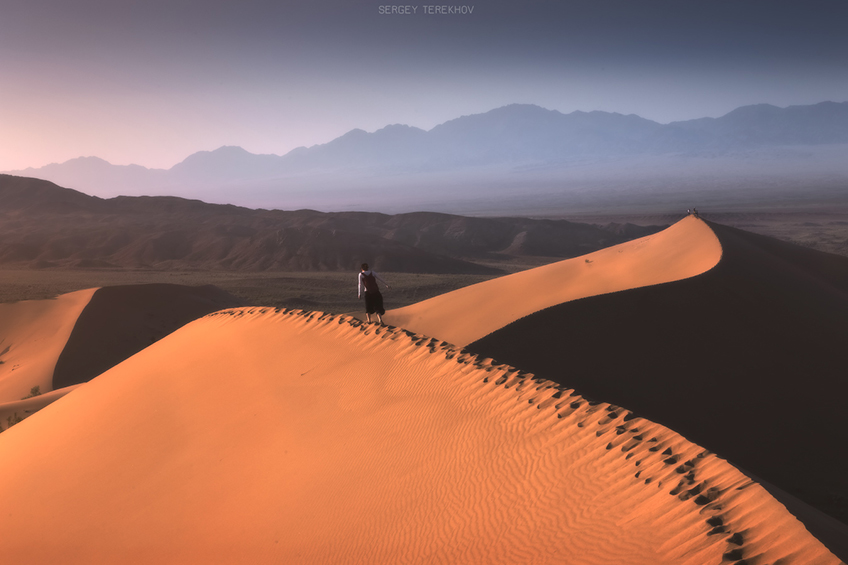
The Singing Dunes is a mountain of sand in the Altyn Emel National Park – itself a stretch of desert and canyons across 4,600 square kilometers.
These naturally occurring dunes are an impressive 150m high and 1.5 km long but what makes them phenomenal is that they sing out a whistling sound when the wind skims across the sands.
Aral Sea
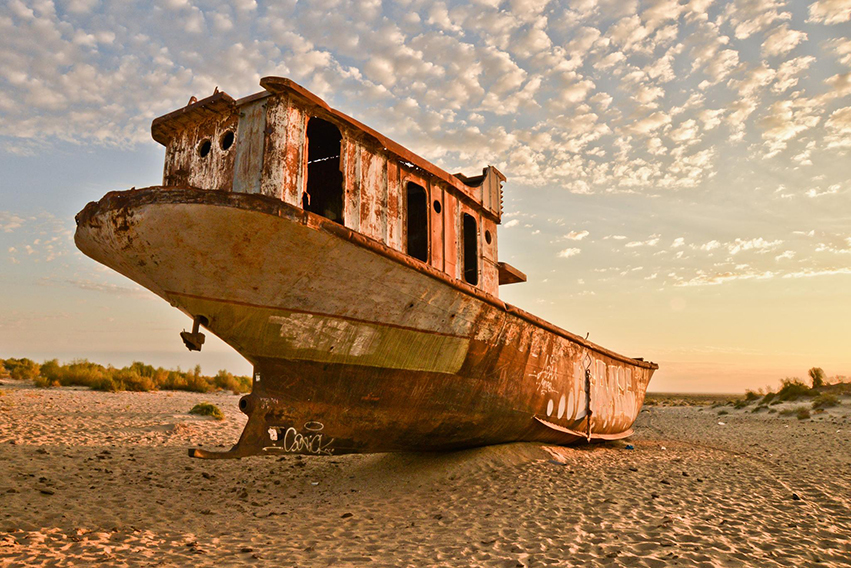
The shrinking of the Aral Sea is one of the great environment disaster of the 20th century: in the 1960s it was one of the four largest lakes in the world, but today it’s only a fraction of its original size. Poorly planned Soviet irrigation schemes diverted its water supplies, and the Aral Sea dried up. It’s an important place to visit, however, to see first hand the devastation potential impact of human intervention in nature. The skeleton ships in the sand, now miles away from open water where they might sail, are a poignant reminder of the past.
Charyn Canyon

Charyn Canyon is within the Charyn River valley which practically kisses the Chinese border. It might not be as deep as the Grand Canyon, but its steep sides and colour gradations make it equally as impressive.
Shymbulak Ski Resort
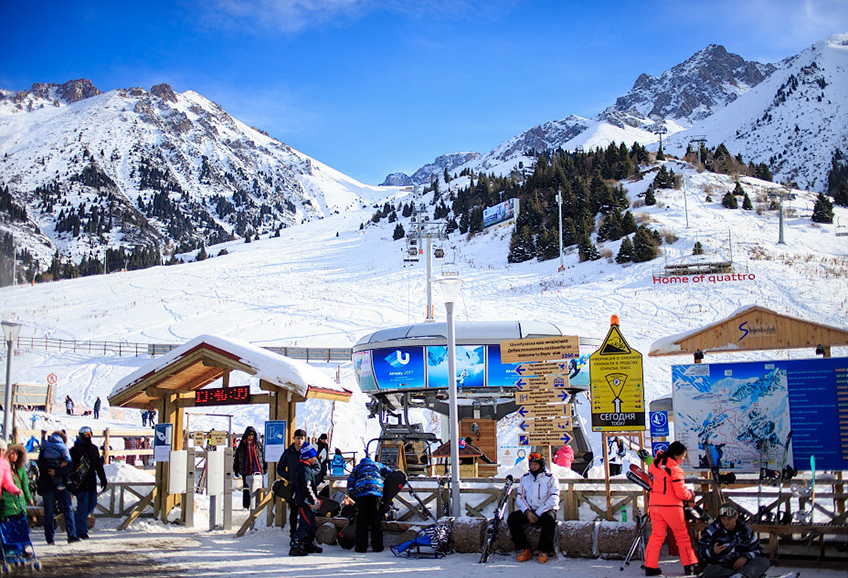
Shymbulak is the biggest ski resort in Central Asia located just a short 30 mins drive from Almaty. You can ski at Shymbulak from November until May, and the lifts go up to the Talgar Pass at 3,200m. In total there are around 20 km of pisted runs, plus some excellent, affordable opportunities for heli-skiing.
Almaty
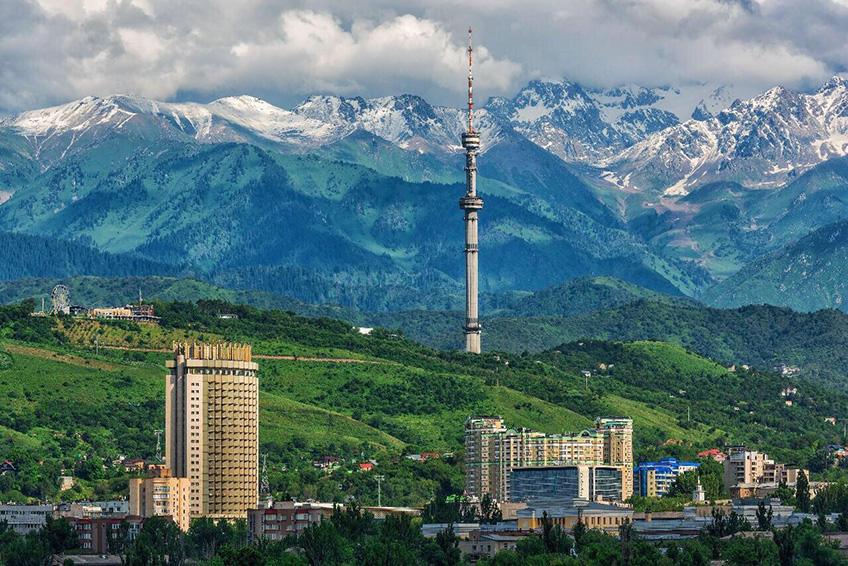
Almaty is the former capital of Kazakhstan, a charming city surrounded by mountains. It remains the commercial and cultural heart of the country, with plenty to see and do. Highlights here include the photogenic Zenkov Cathedral, the Kok Tobe cable car, and Almaty Opera House.
Lake Kaindy
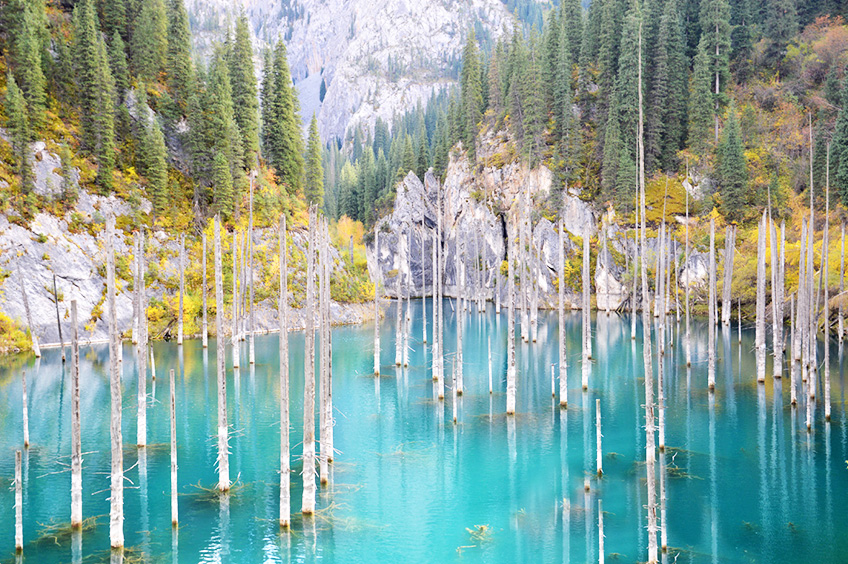
Hidden in the Tien Shan Mountains, Lake Kaindy is a relative newcomer to the landscape made by a landslide in 1991. With water that shifts from turquoise to emerald green depending on the light, it’s particularly scenic to walk here, either on a day trip from Almaty or on a longer trek.
Baikonur Cosmodrome
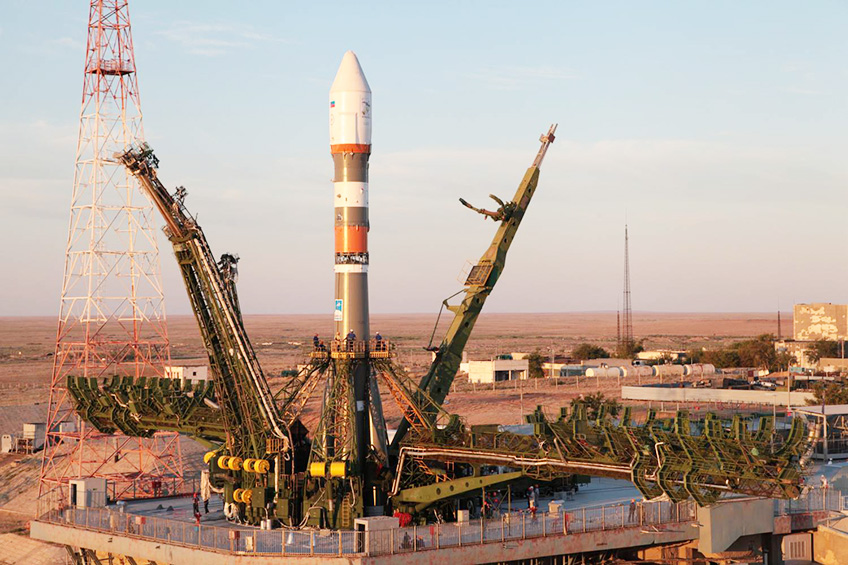
The Soviet Union launched its space flights from the Baikonur Cosmodrome in Kazakhstan’s desert steppe of Baikonur and it’s till used for launches to the ISS.
Turkestan
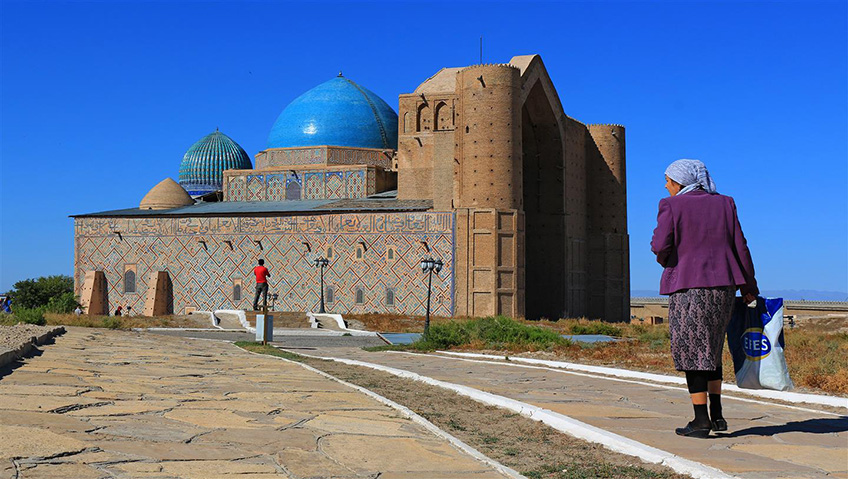
Kazakhstan was on the Silk Road, and there was a substantial commercial center in Turkestan at least by the 4th century AD. An important Sufi saint, Khodja Akhmed Yassawi, preached and was buried here. His medieval mausoleum remains an important pilgrimage site, recognized as a World Heritage Site by UNESCO.
Nur-Sultan
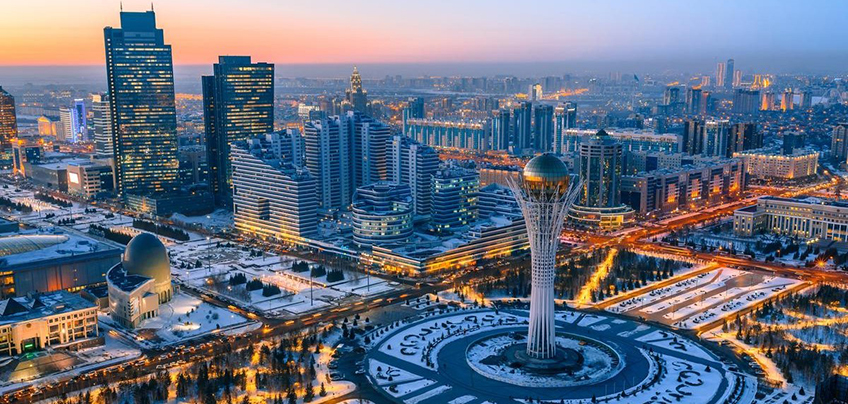
If you didn’t know that Nur-Sultan is the capital of Kazakhstan, you can be excused. In 2019, one year after completing its 20th anniversary as the capital of Kazakhstan, Astana has seen its name change to its present name Nur-Sultan, in honour of the country’s long-term leader, who was responsible for the Kazakh’s independence. If you wonder which was the capital city before Astana, wonder no more, it used to be the lovely Almaty, which many consider it should have never lost its title.
Nur-Sultan has got the particularity of being a planned city, which was constructed in the middle of the desert. Its architectural master-plan was designed by Japanese architect Kisho Kurokawa, one of the founders of the Metabolist Movement. It is perhaps because it was planned in its entirety from the beginning, that Nur-Sultan has such large avenues, with residential areas spread throughout the city. Because it is such a recent city it is a very modern and futuristic city.